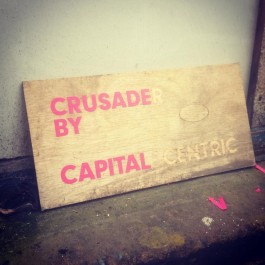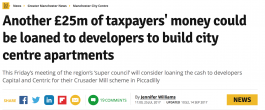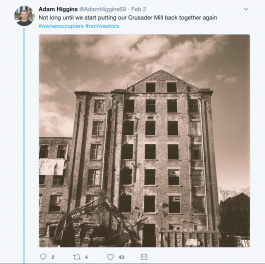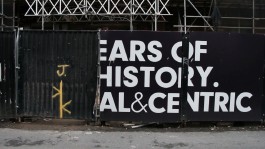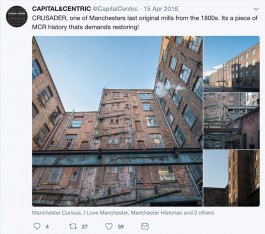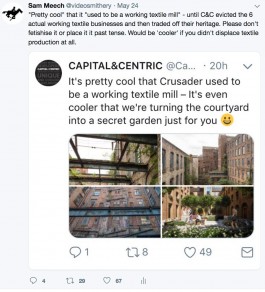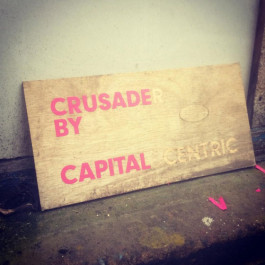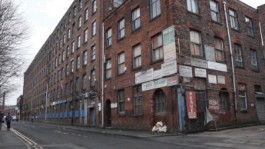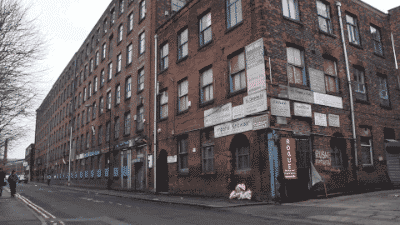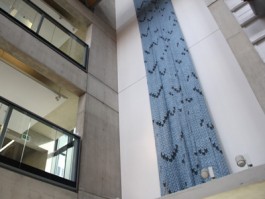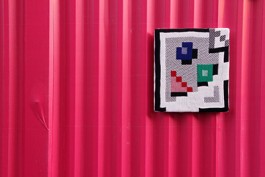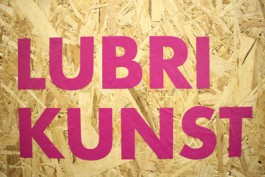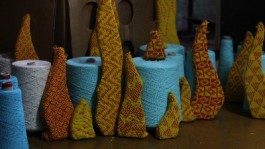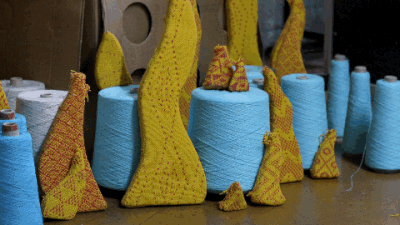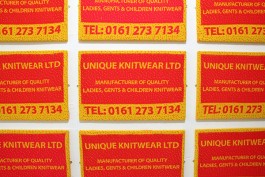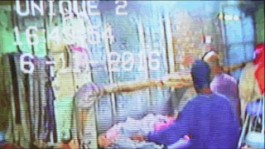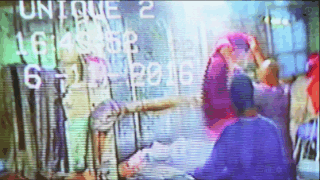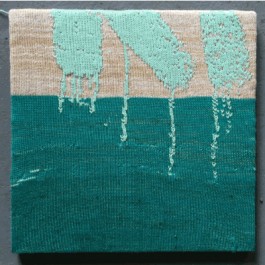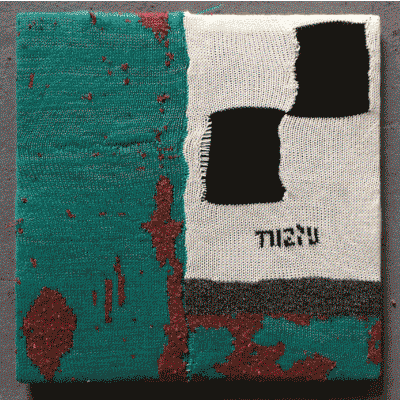CRUSADER WORKS
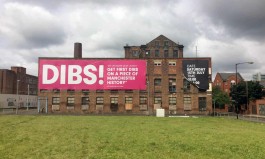
This collection showcases works I have made in response to gentrification in Manchester and the impact on textile factories in particular. They are perhaps not the works I really wanted to make in the last few years - I would have been happier carrying on with my own daft projects - but they were the works I needed to make in order to respond to the context, to mark the changing sitauion, and to challenge the dominant narrative of the developers.
The sale of Crusader Mill in 2015 to property developers Capital & Centric left two artists studios and several knitwear factories all looking for a new home. Rogue Studios, a home to 70+ artists (of who I was a member) had been a tenant of Crusader for 15 years. Meanwhile, the south asian knitwear community had been working at Crusader since the 1980s, effectively keeping the huge building from deriliction*. Suddenly we were all facing the same fate. This common predicament encouraged me to get to know the knitwear community, and develop a number of textile collaborations while we still occupied the same building. In particular, I worked with Unique Knitwear, building a relationship that has continued to this day, through the binary scarf project among others.
I also began to respond to the building itself, making works that addressed the sale and change of use, and the narrative of the developers, Captial & Centric. The issue of narrative became increasingly concerning to me, as it became clear that whilst Capital & Centric made efforts to help Rogue Studios, speaking to the directors, even funding our open studios exhibition, they did not engage with the knitwear factories in the same way, if at all. It was important for C&C to keep the instagram-savvy artistic community onboard and calm dissent. Infact, they made a big deal of our presence there - we gave the building a creative edginess and bohemian lustre that was attractive to potential buyers. They even went so far as to speak to the council, offering to help us move out if a new home could be found. Certainly these developers understood the value of artists in regeneration projects. C&C even sponsored Rogue Studios, drawing up a sponsorship contract that made sure their logo would be present at the new site and part of any future marketing materials, but that 'directors, officers and employees' refrained from making any statements that were "defamatory, disparaging of or derogatory to the Sponsor".
The south-asian working class knitwear community however were not a concern for Capital & Centric. They did not reflect the buyers and investors they wanted to attract, and indeed their very presence and subsequent displacement contradicted their narrative of 'saving' a 'derilict' part of Manchester's industrial heritage. The developers did not engage with them, nor make any attempt to support their relocation, and they certainly did not mention them in social media. Capital & Centric's powerful marketing and PR has continually extracted the value from the artistic community present at Crusader, whilst erasing the voices and history of the south asian textile businesses that had existed there since the 80s. Capital & Centric talk a lot about building a 'community' at Crusader, but not so much about the one that they evicted. Their conception of community is in truth a very narrow demographic indeed.
These works are my small protest - an to refute the developers' narrative and say "well, actually...". Hopefully they go some way to documenting the events of the last few years, highlighting some of the discrepencies, and reminding us who has the power to shape the narrative. I also hope that in doing so, these works re-affirm the presence and importance of the knitwear community to the recent history of Crusader Mill, and to Manchester more generally. When we speak of 'Manchester's textile heritage', we don't always think of it as being largely working class Pakistani and muslim. But our industrial textile heritage in Manchester is not something that happened 'long ago' it's something that exists now. It is kept alive by the knitwear community, but they are at risk. On top of the challenges of the market and cheaper labour abroad, they must now increasingly contend with displacement by developers. If we want to celebrate Manchester's history as a textile city, then we need to think about how we can support our existing textile businesses. We need to protect them and give them a home We need to 'knit' the community together.
* There is a great film documenting the contrasting communities at Crusader Mill - 'The Art of Work'. It was made around 2015 / 2016 by Matylda Wierietielny and Zhi Li.
FURTHER READING - 'Artists’ spaces and gentrification, a grand alternative? ' - October 2017, Manchester - https://artistsandgentrification.wordpress.com/
